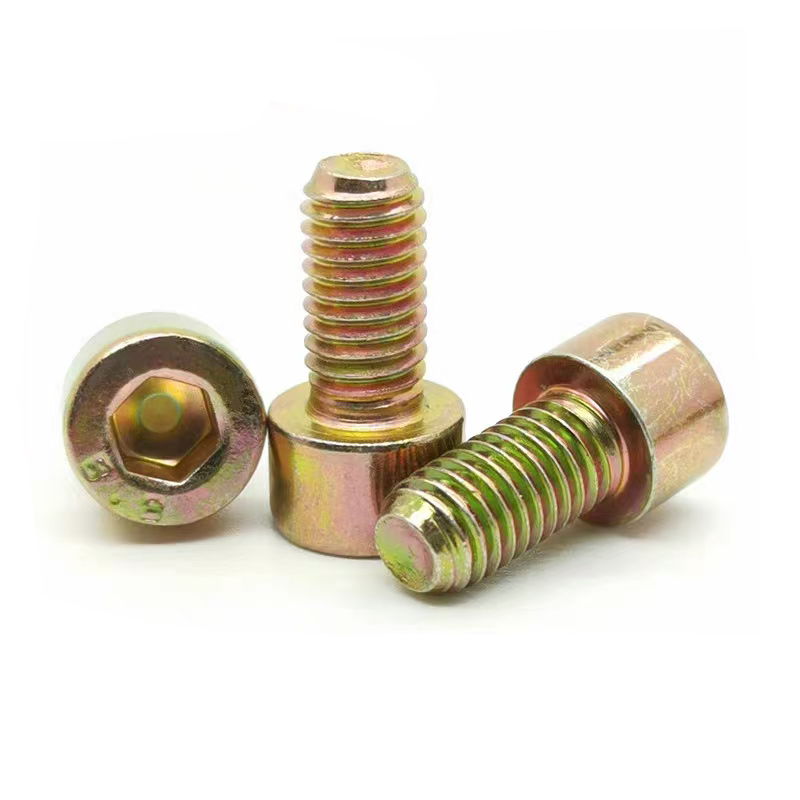- Chinese
- French
- German
- Portuguese
- Spanish
- Russian
- Japanese
- Korean
- Arabic
- Irish
- Greek
- Turkish
- Italian
- Danish
- Romanian
- Indonesian
- Czech
- Afrikaans
- Swedish
- Polish
- Basque
- Catalan
- Esperanto
- Hindi
- Lao
- Albanian
- Amharic
- Armenian
- Azerbaijani
- Belarusian
- Bengali
- Bosnian
- Bulgarian
- Cebuano
- Chichewa
- Corsican
- Croatian
- Dutch
- Estonian
- Filipino
- Finnish
- Frisian
- Galician
- Georgian
- Gujarati
- Haitian
- Hausa
- Hawaiian
- Hebrew
- Hmong
- Hungarian
- Icelandic
- Igbo
- Javanese
- Kannada
- Kazakh
- Khmer
- Kurdish
- Kyrgyz
- Latin
- Latvian
- Lithuanian
- Luxembou..
- Macedonian
- Malagasy
- Malay
- Malayalam
- Maltese
- Maori
- Marathi
- Mongolian
- Burmese
- Nepali
- Norwegian
- Pashto
- Persian
- Punjabi
- Serbian
- Sesotho
- Sinhala
- Slovak
- Slovenian
- Somali
- Samoan
- Scots Gaelic
- Shona
- Sindhi
- Sundanese
- Swahili
- Tajik
- Tamil
- Telugu
- Thai
- Ukrainian
- Urdu
- Uzbek
- Vietnamese
- Welsh
- Xhosa
- Yiddish
- Yoruba
- Zulu
- Kinyarwanda
- Tatar
- Oriya
- Turkmen
- Uyghur

China m6 u bolt
Understanding China M6 U Bolts: Insights from the Field
When it comes to China M6 U Bolt, there's a blend of simplicity and technical nuance that often gets overlooked. Many people think of it as just another fastener, but when you're in the trenches using these components, the story unfolds quite differently. Let's dive into what makes these bolts tick and share some real-world thoughts on them.
The Basics and Beyond
The humble U bolt, specifically the M6 U Bolt, is often assumed to be straightforward. In a basic sense, it is. A piece of bent metal designed to hold pipes or other round objects. But when you're actually applying them in various scenarios, the nuances start to matter greatly. For example, considering tensile strength and corrosion resistance can make or break a project, especially if it's in a harsh environment.
With manufacturers like Handan Zitai Fastener Manufacturing Co., Ltd., located in the bustling industrial hub of Yongnian District, Handan City, we've seen considerable advancements. Their strategic location, next to major transport links like the Beijing-Guangzhou Railway, ensures fast and reliable delivery, but also reflects the intense competition in the region.
The unseen detail is key. Choosing the right plating or coating for these bolts—be it galvanizing or another finish—often depends on the project's demands. It's not merely about price but evaluating the specific conditions they will face.
Challenges in Application
Getting things right with an M6 U Bolt is not just about choosing the correct size. It's about understanding the load requirements and how they interact with the bolt material. Mistakes happen, like overlooking environmental factors, which can lead to rust or inadequate support. I've seen teams initially save costs but ended up paying more in the long run due to premature failure.
Another challenge is ensuring compatibility. Even within the same category, variations in thread pitch or length can lead to significant issues. Here, detailed specifications from manufacturers like Handan Zitai become indispensable.
Let's not forget the assembly aspect. Applying the right torque and ensuring stability through appropriate washers can impact the service life dramatically. These aren't just incidental tasks—they define the reliability of the final setup.
Lessons from the Industry
Learning from the field, I've realized the importance of supplier relationships. A consistent manufacturer, such as Handan Zitai, with their expansive reach—thanks to nearby commerce highways like National Highway 107—provides invaluable assurance of quality and supply chain reliability.
The industry has taught many to never assume specification sheets capture the whole picture. Always request samples for testing, especially for critical applications. I've seen firsthand the value of this in preventing disastrous outcomes.
Moreover, adapting to technological advancements in fastener production can reduce costs and improve efficiency. Innovations in manufacturing processes within Handan Zitai's facilities are a testament to this ongoing evolution.
Future Trends
Looking forward, the emphasis on sustainability in fastener production is gaining traction. Manufacturers are increasingly adopting eco-friendly practices, which is notable in companies with large-scale operations like in Handan City.
Recyclable materials, low-energy production methods, and reducing waste are integral parts of future-ready manufacturing. Keeping abreast of these trends not only aids in compliance but can also offer competitive edges.
There's an ongoing shift in global supply chains, pushing for more localized production to ensure stability. Yet, China's extensive infrastructure support still renders it a strong contender for distribution, as seen with companies leveraging resources around the Beijing-Shenzhen Expressway.
Concluding Thoughts
To wrap it up, working with an M6 U Bolt involves a thorough understanding that transcends surface-level characteristics. Practical experience, hands-on problem-solving, and a deep dive into company offerings like those from Handan Zitai Fastener Manufacturing Co., Ltd. at https://www.zitaifasteners.com, can significantly affect project outcomes.
The importance of context—knowing the environment, precise needs, and potential suppliers—cannot be overstated. In this field, knowledge isn't just power; it's the difference between project failure and success.
Related products
Related products
Best selling products
Best selling products-
 Colored zinc-plated gaskets
Colored zinc-plated gaskets -
 Electro-galvanized countersunk cross bolts
Electro-galvanized countersunk cross bolts -
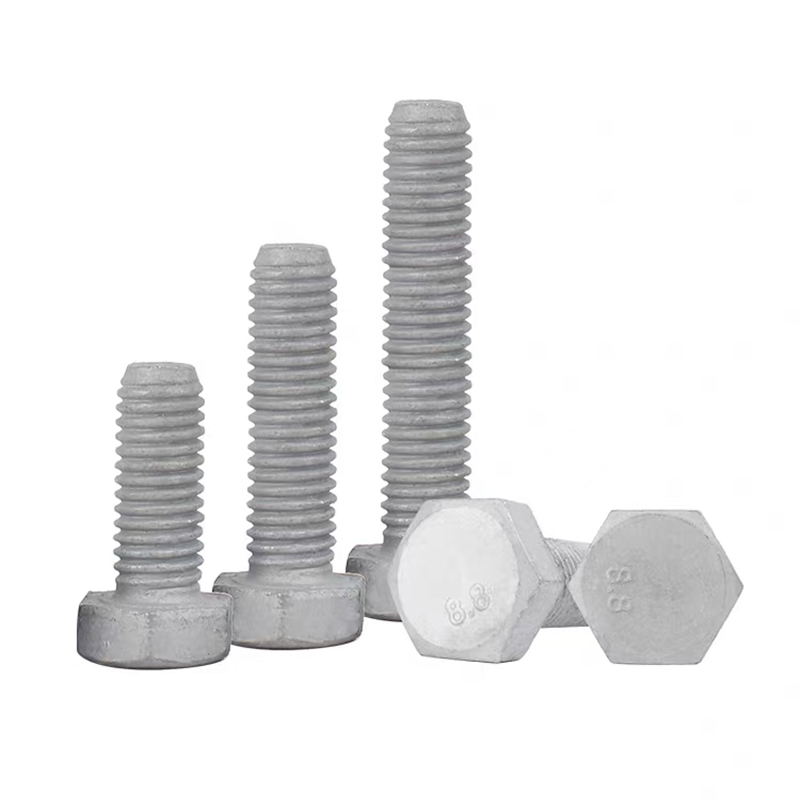 Hot-dip galvanized hexagonal bolts
Hot-dip galvanized hexagonal bolts -
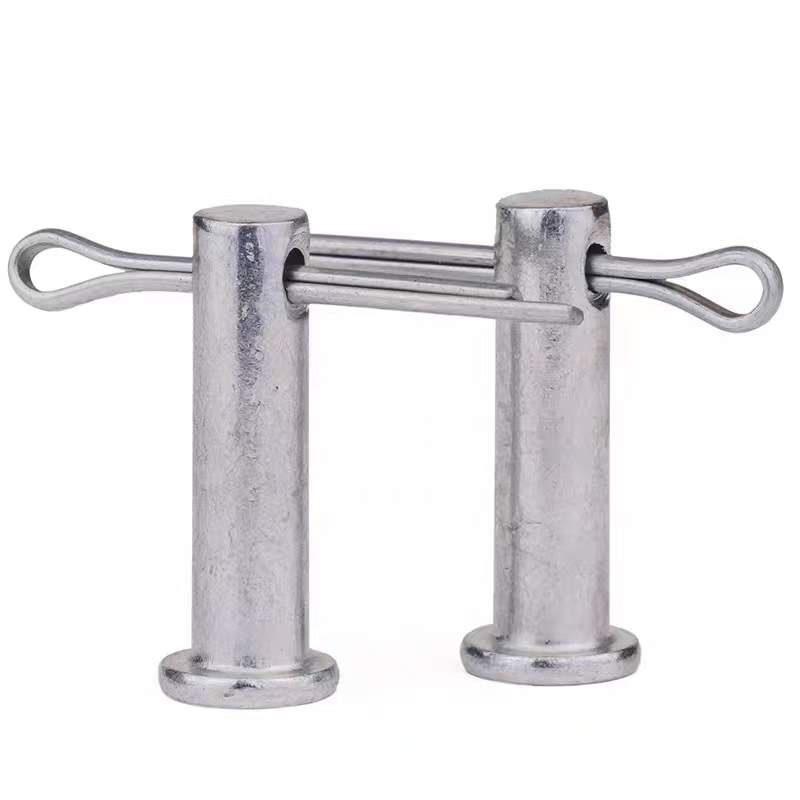 Electrogalvanized pins
Electrogalvanized pins -
 Hexagon socket hot-dip galvanized bolts
Hexagon socket hot-dip galvanized bolts -
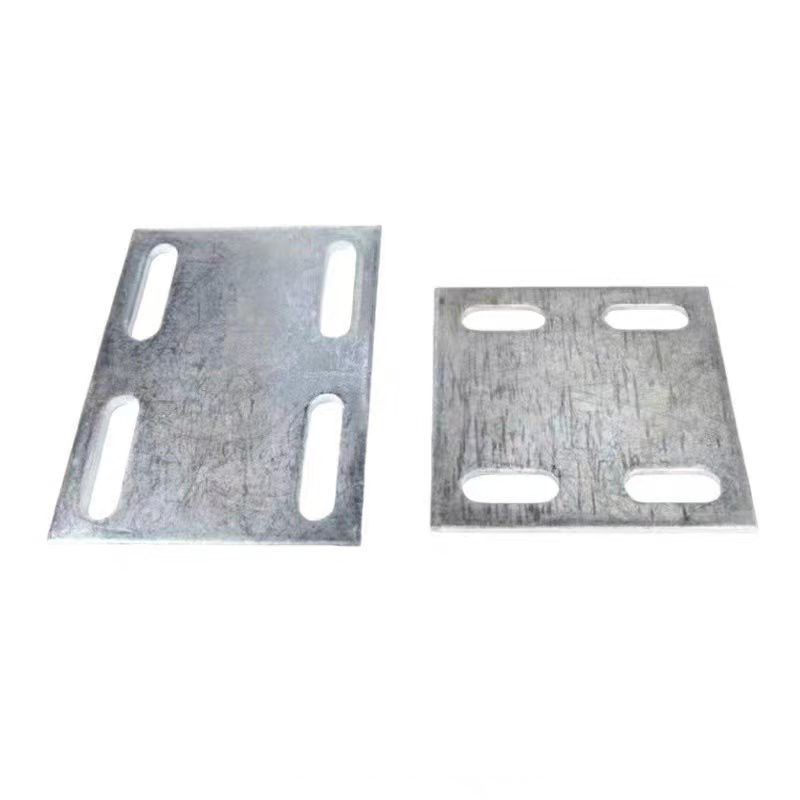 Electrogalvanized embedded plate
Electrogalvanized embedded plate -
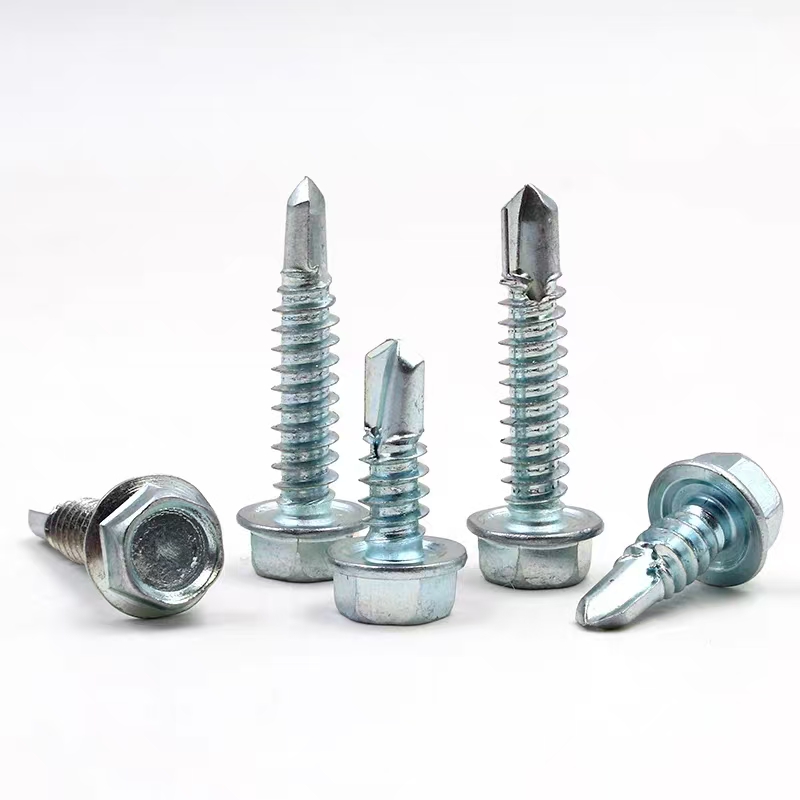 Electro-galvanized hexagonal drill thread
Electro-galvanized hexagonal drill thread -
 Black zinc plated countersunk cross bolts
Black zinc plated countersunk cross bolts -
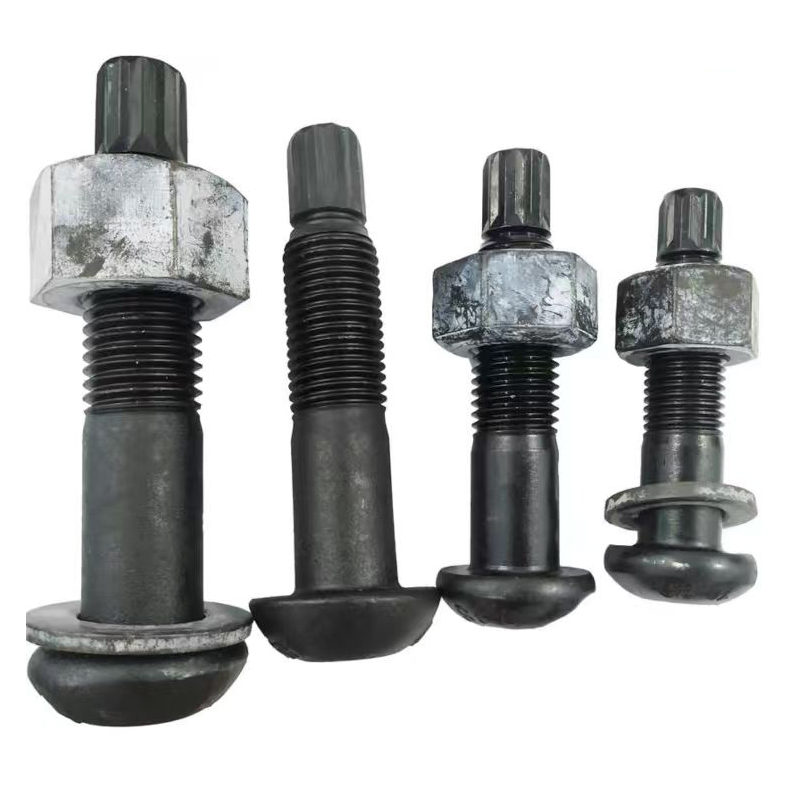 10.9S Torsion Shear Bolts
10.9S Torsion Shear Bolts -
 Colored zinc-plated nuts
Colored zinc-plated nuts -
 U-bolts
U-bolts -
 Black zinc plated hinge bolts
Black zinc plated hinge bolts







